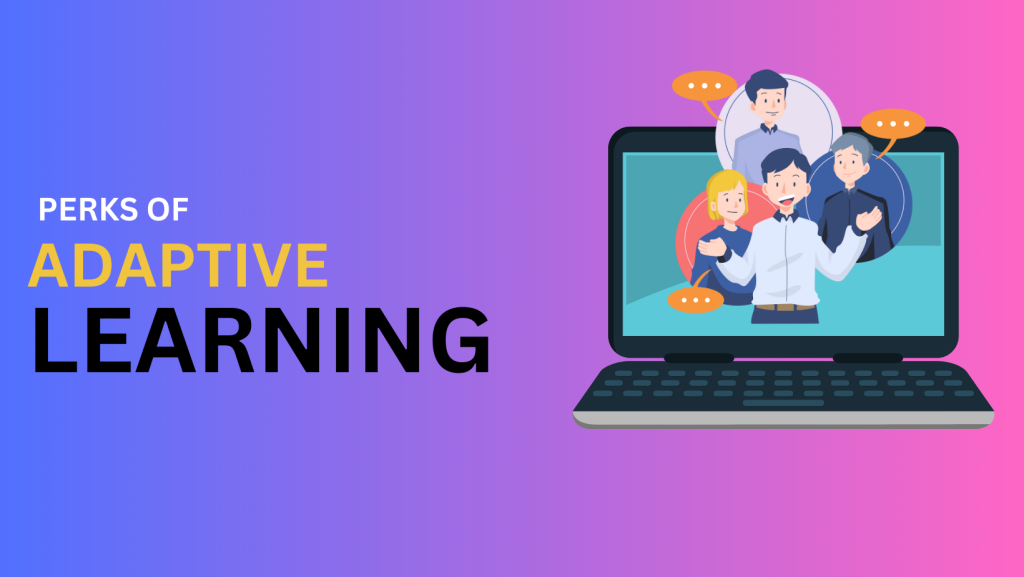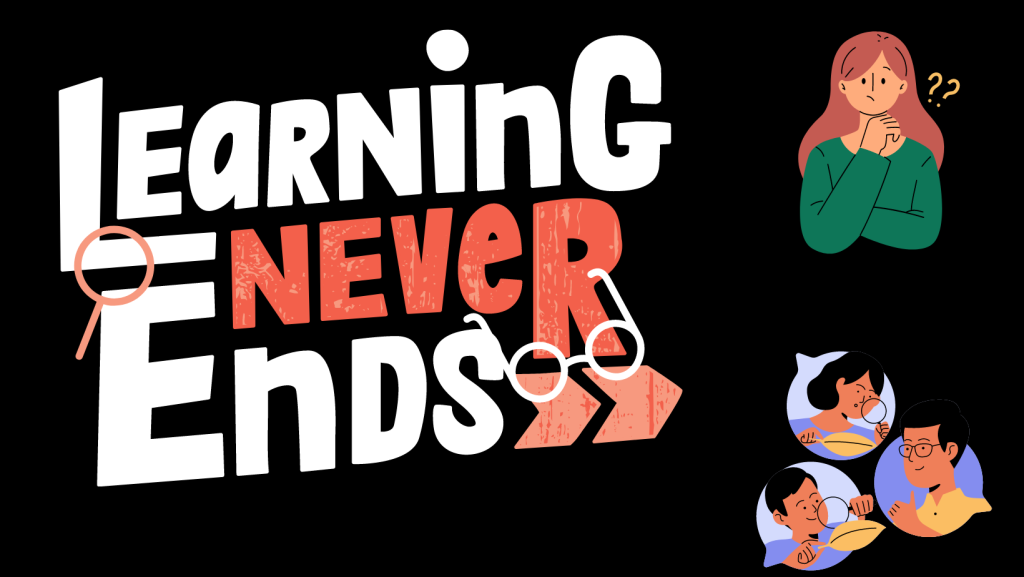Adaptive learning systems have revolutionized the world of education by providing personalized and efficient learning experiences for students. But why settle for a boring, mundane learning experience when you can make it creative and exciting?
In this blog, we’ll explore five tips for designing creative adaptive learning systems that will engage and motivate learners.

Tip 1: Get to Know Your Learners
Every learner is unique, and understanding their needs is crucial to designing an adaptive learning system that resonates with them. Take the time to understand their age, interests, learning style, and skill level. Use this information to tailor your learning experience and create personalized learning paths that cater to each learner’s individual needs.
Tip 2: Make It Interactive and Fun
Interactive and engaging content is key to keeping learners motivated and interested. Incorporate game elements, videos, animations, and simulations to make the learning experience fun and enjoyable. Interactive content also helps learners retain information better and provides a deeper understanding of the material.
Tip 3: Utilize Machine Learning
Machine learning algorithms analyze data to personalize the learning experience for each student. These algorithms can identify areas where learners are struggling and adjust the content to help them better understand the material. A personalized approach to learning can significantly improve the effectiveness of the learning experience.
Tip 4: Foster Collaborative Learning
Collaborative learning builds a sense of community and increases engagement in adaptive learning systems. Online forums, group projects, or peer feedback are excellent ways to encourage collaboration. Collaborative learning also develops teamwork and communication skills that are essential for success in life.
Tip 5: Monitor Learner Progress
Monitoring learner progress is critical to ensuring that learners are making progress and achieving their goals. Assessments, quizzes, or other types of feedback are essential tools for monitoring progress. Monitoring learner progress can help educators identify areas where students may be struggling and adjust the learning experience accordingly.

Conclusion
In conclusion, creating a creative adaptive learning system can significantly enhance the learning experience. By getting to know your learners, making it interactive and fun, utilizing machine learning, fostering collaborative learning, and monitoring learner progress, you can design an adaptive learning system that is engaging, effective, and personalized. Don’t settle for a boring, mundane learning experience. Make it exciting, creative, and enjoyable!



Comments 0